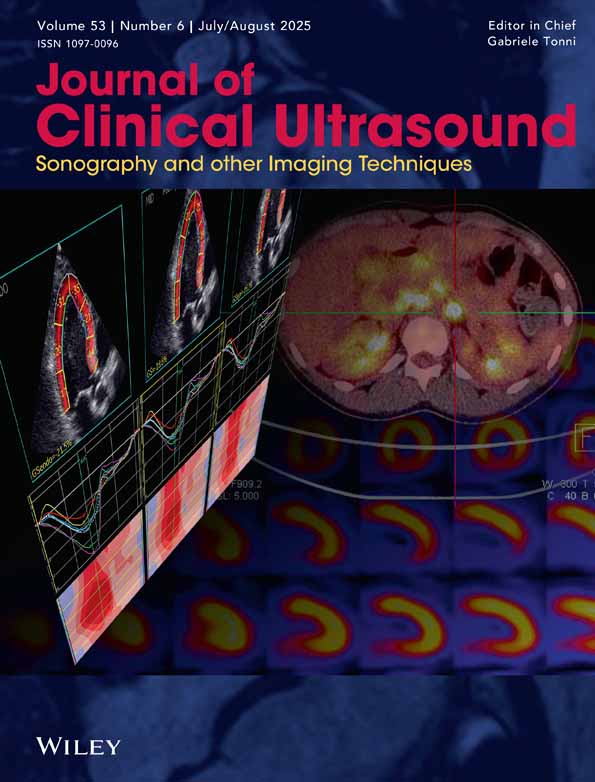Cholecystosonography in children with sickle cell disease: Technical approach and clinical results
Abstract
Forty-five children with sickle cell anemia were studied with meticulous cholecystosonograms using a 5-MHz thyroid transducer. Good-quality images were obtained. The most informative and useful view was the left-side-down decubitus study with the ultrasound gantry angled 45% to the anteroposterior axis. Rotating the patient rapidly through 360 degrees did not increase the information content of the examination. We found that one third of a random group of children with sickle cell anemia will have gallstones and one fifth will have “sludge”. A kinked deformity of the gallbladder may simulate a gallstone. Neither age, sex, weight, physical findings (except for hepatomegaly), nor a variety of biochemical measurements of the blood will be of much value in predicting gallbladder disease in any given patient.




